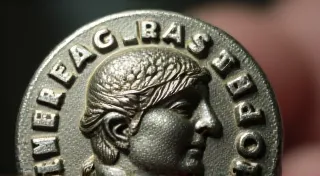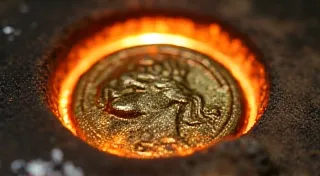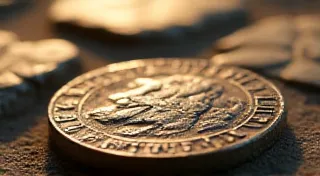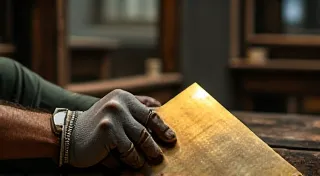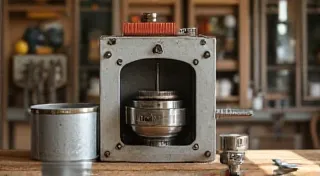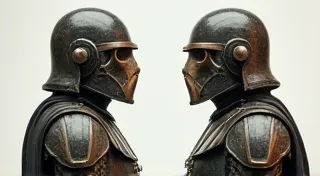Common Mistakes in Roman Coin Replica Creation – and How to Avoid Them
Creating accurate replicas of Roman coins is a rewarding craft, blending artistic skill with a deep appreciation for ancient history. However, it's a process with plenty of opportunities for error. Don't be discouraged if your first attempts aren't perfect! This article highlights common pitfalls in Roman coin replica creation and provides practical solutions to help you improve your results.
1. Neglecting the Original Coin's Design
It seems obvious, but many beginners rush into the casting process without thoroughly studying the original Roman coins they've chosen to replicate. Simply having a picture isn't enough! You need to understand the subtle details: the placement of the portrait, the style of lettering (Roman Capitals can be deceptively tricky!), and the depth of the relief. Different emperors and denominations had distinct stylistic characteristics.
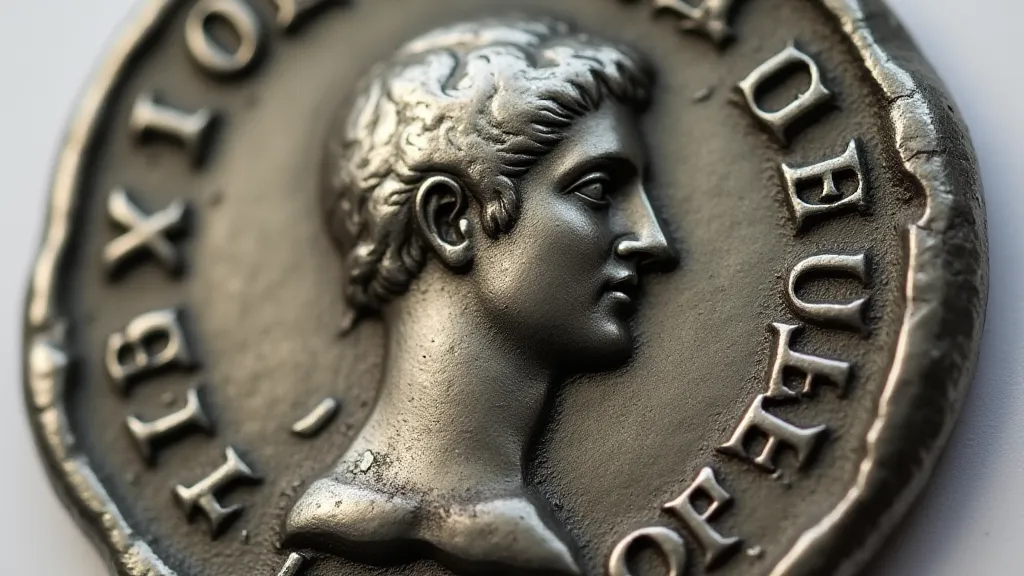
Solution: Obtain high-quality images of authentic coins – online museum collections are a great resource. Study the details carefully. Consider purchasing (even a single) authentic coin if possible, purely for reference. Sketch the design yourself before beginning the mold making process. Compare your sketch with the original coin. Pay attention to the subtle variations in the coin’s surfaces – wear patterns, tool marks from the mint, and even small imperfections can add realism to your replica.
2. Mold Making Fails
A poorly made mold will almost certainly result in a disappointing replica. Common mold-making errors include incomplete captures of fine details, pinholes leading to porosity in the cast, and a fragile mold that breaks easily.
Common issues:
- Insufficient Detail Capture: Silicone molds, especially, can struggle with very fine details. The silicone needs to be very fluid and applied slowly, ensuring it fills every crevice.
- Air Bubbles: Trapped air creates voids in your cast. Degassing the silicone and mold box is essential.
- Mold Separation Line Problems: Improperly aligned mold halves will lead to a visible seam on the replica.
Solution: Use high-quality silicone specifically designed for mold making. Degas the silicone using a vacuum chamber. Pour the silicone very slowly and carefully, allowing it to flow into every detail. Consider using a two-part mold box to ensure precise alignment. A clay collar can help define the edges of the coin.
3. Metal Casting Challenges
The casting process itself presents numerous potential problems. Inconsistent metal temperatures, improper pouring techniques, and impurities in the metal can all ruin your replica.
Common Issues:
- Porosity: Tiny bubbles within the metal casting. Often caused by trapped gases or improper degassing of the molten metal.
- Rough Surfaces: Indicates insufficient metal purity or improper pouring.
- Poor Detail Reproduction: The metal may not completely fill the mold, resulting in a loss of fine detail.
Solution: Use a reliable metal alloy appropriate for coin casting (pewter or a bronze alloy are common choices). Degas the molten metal thoroughly. Pour the metal slowly and steadily into the mold, avoiding splashing. Consider using a sprue system to control the flow of metal and minimize turbulence. Experiment with different pouring temperatures and techniques.
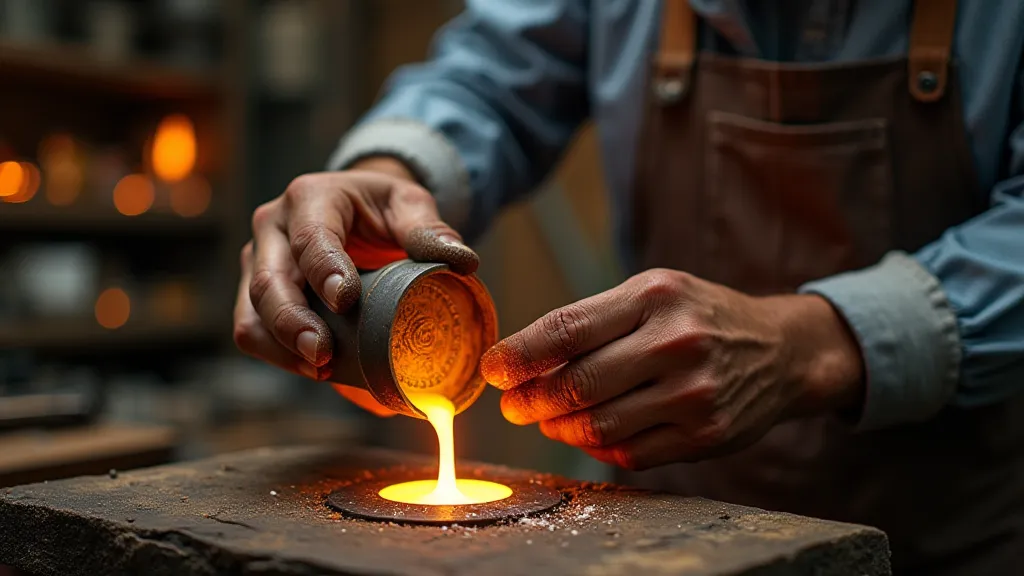
4. Ignoring Metal Alloy Composition
Using the wrong metal alloy drastically affects the appearance and feel of your replica. While "bronze" and "silver" are evocative terms, they represent specific metal compositions. If you’re striving for historical accuracy, research the typical metal content of Roman coins. Even subtle changes in alloy composition can alter the color and hardness.
Solution: Research the specific metal composition of the Roman coins you're replicating. Source high-quality metal alloys from reputable suppliers. Consider using a spectrograph to analyze the metal composition and ensure accuracy.
5. Lack of Finishing and Patination
A freshly cast coin replica will typically look…new. It won’s look ancient. The appearance of age is critical to a convincing replica. Lack of proper finishing and patination reveals a modern casting.
Solution: Learn basic metal finishing techniques such as filing, sanding, and polishing. Experiment with patination methods to simulate the appearance of age. Chemical patination with solutions like liver of sulfur can darken the metal, while careful scrubbing and polishing can create the worn look of a centuries-old coin. Research historical patination methods – the environmental conditions experienced by ancient coins influenced their appearance.
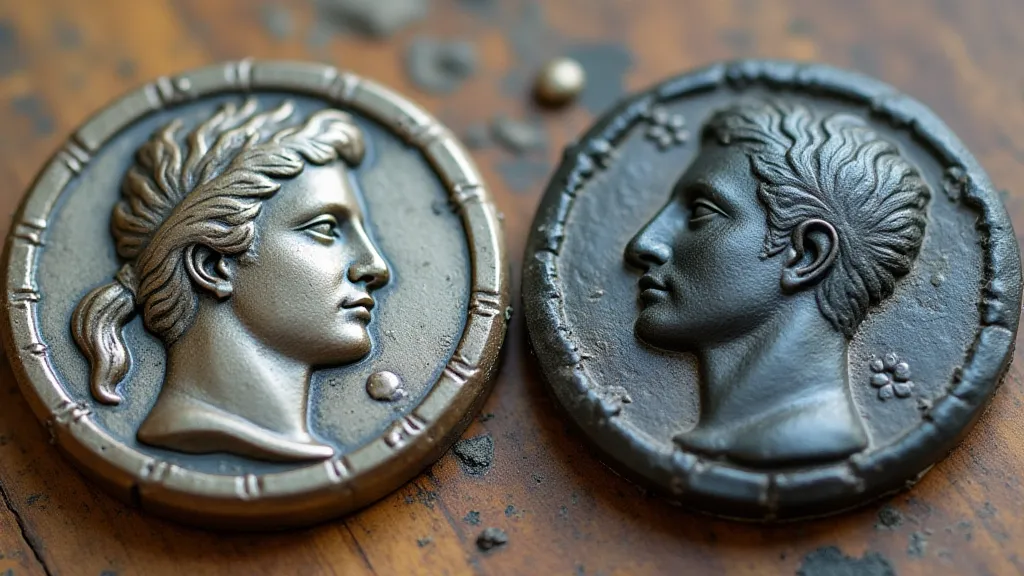
Creating accurate Roman coin replicas requires patience, attention to detail, and a willingness to learn from your mistakes. By avoiding these common pitfalls, you’re well on your way to creating impressive and historically convincing replicas.
